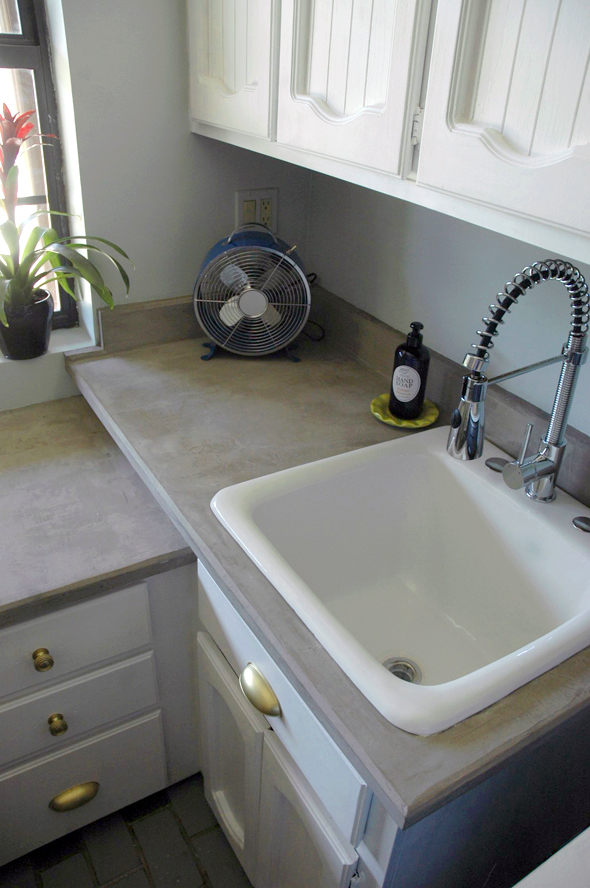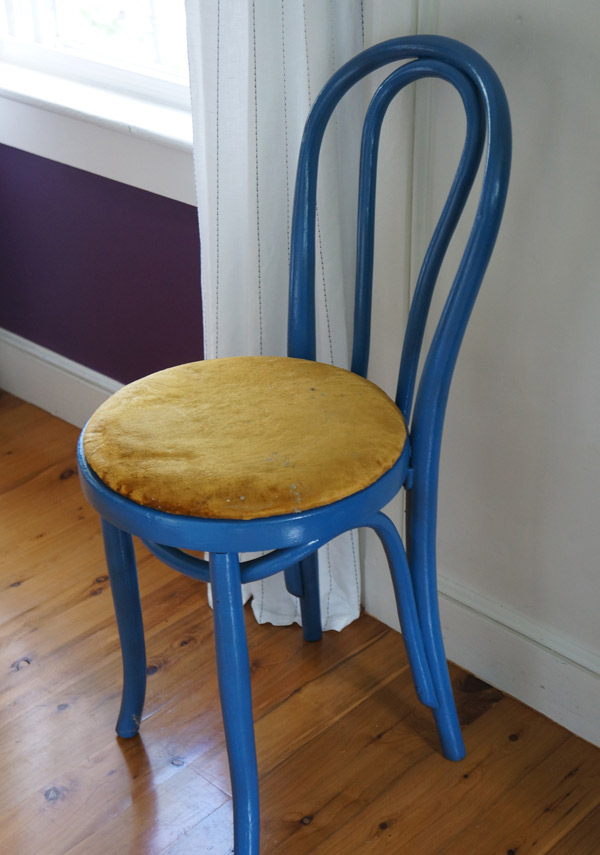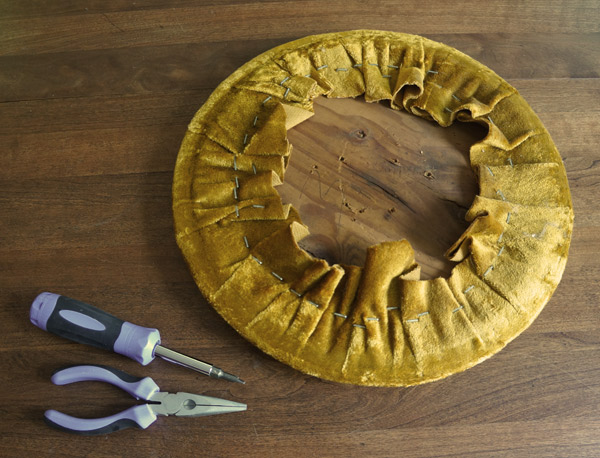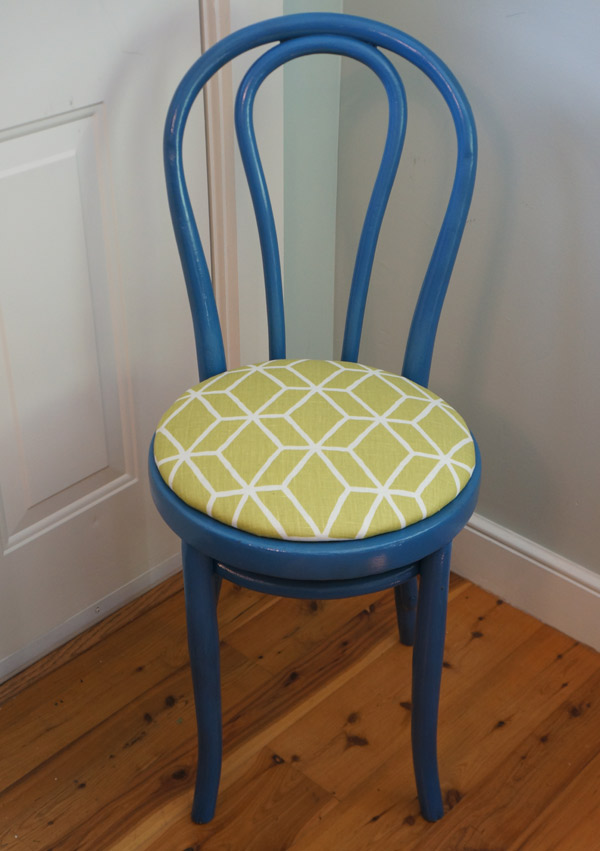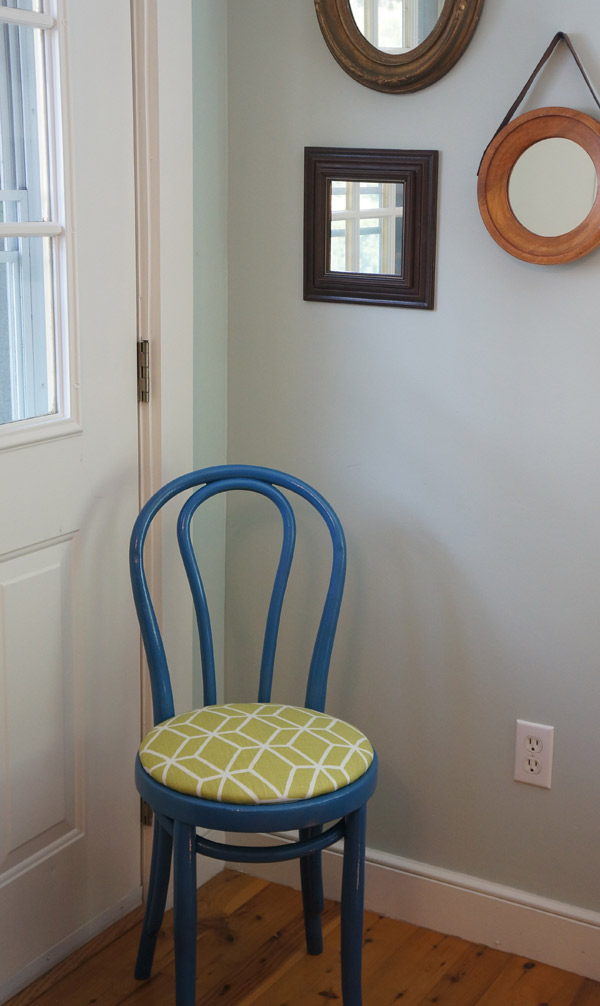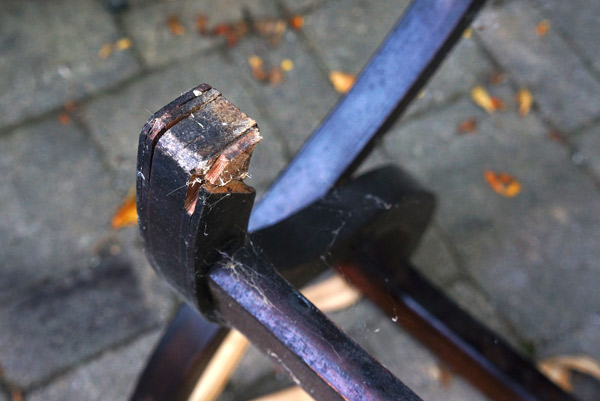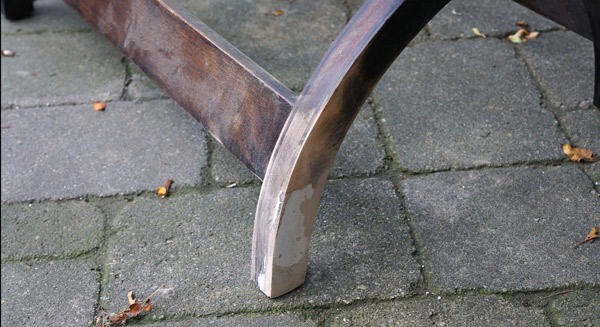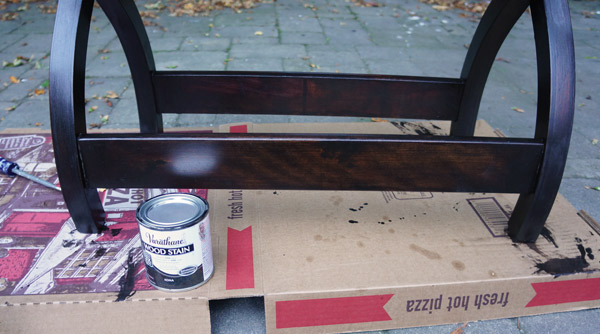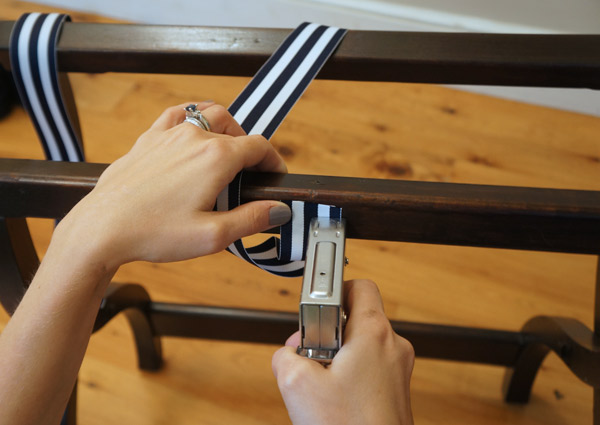All aboard for the Concrete surface Bandwagon! If you aren't a big diy blog reader, you probably have approximately zero idea what I'm talking about, so allow me to explain. I am now the proud owner of a 10lb bag of Ardex Feather Finish, and I can not wait to give it a try!!!!! Introduced to the DIY blog land by Kara Paslay, Ardex Feather Finish is like frosting for your countertop. Essentially it allows you to create the look of a polished concrete surface by simply covering up your old surface. No demo of your old countertops, no pouring messy concrete into makeshift forms- only a thin coating of concrete that result in pretty surfaces that look substantial, textured, and just all around awesome.
I've been dying to find a project to try this out on and I've finally found it! I'm going to make you wait until probably next Wednesday or maybe even the following Monday to tell you cuz I'm mean like that, but I will tell you it's not my countertop, or Millie's countertop, or a floor, or a table..... You'll just have to wait and see!
Until I perfect my hand at the Ardex amazingness, I'll show you a few of the projects that lured me to the dark side into wanting to try it.
1. I have to start with Kara Paslay. Not only is she pretty much the one that started it all with this countertop redo,
but she's also used Ardex for just about everything- like creating this pretty sweet patterned table top.
2. John and Sherry jumped on the bandwagon not all that long ago by DIYing the countertops in their latest home. It's not their long term solution since they have hopes for an eventual full kitchen renovation, but it's worlds better from where the kitchen started!
3. Jenny's laundry room on Little Green Notebook is my personal favorite for several reasons. First of all, I love the concrete look as part of the whole room composition- so successful! Second of all, I'm insanely jealous over pretty laundry rooms since my own is a corner of my unfinishable 100 year old basement... and lastly..... gold hardware. I'm a sucker.
What I really love about all these projects is that the Ardex looks like it belongs. It doesn't look like one of those countertop refinishing kits that just makes your laminate look a little bit less bad (I'll be ripping one of those out very shortly at Millie). These just show that DIY doesn't always have to look it.
I can't wait to start my own Ardex project! It's. going. to. be. epic.... ok, maybe a little bit of an oversell, but still, I can just picture the end result and it'll be happy-dance-inducing at the very least!






